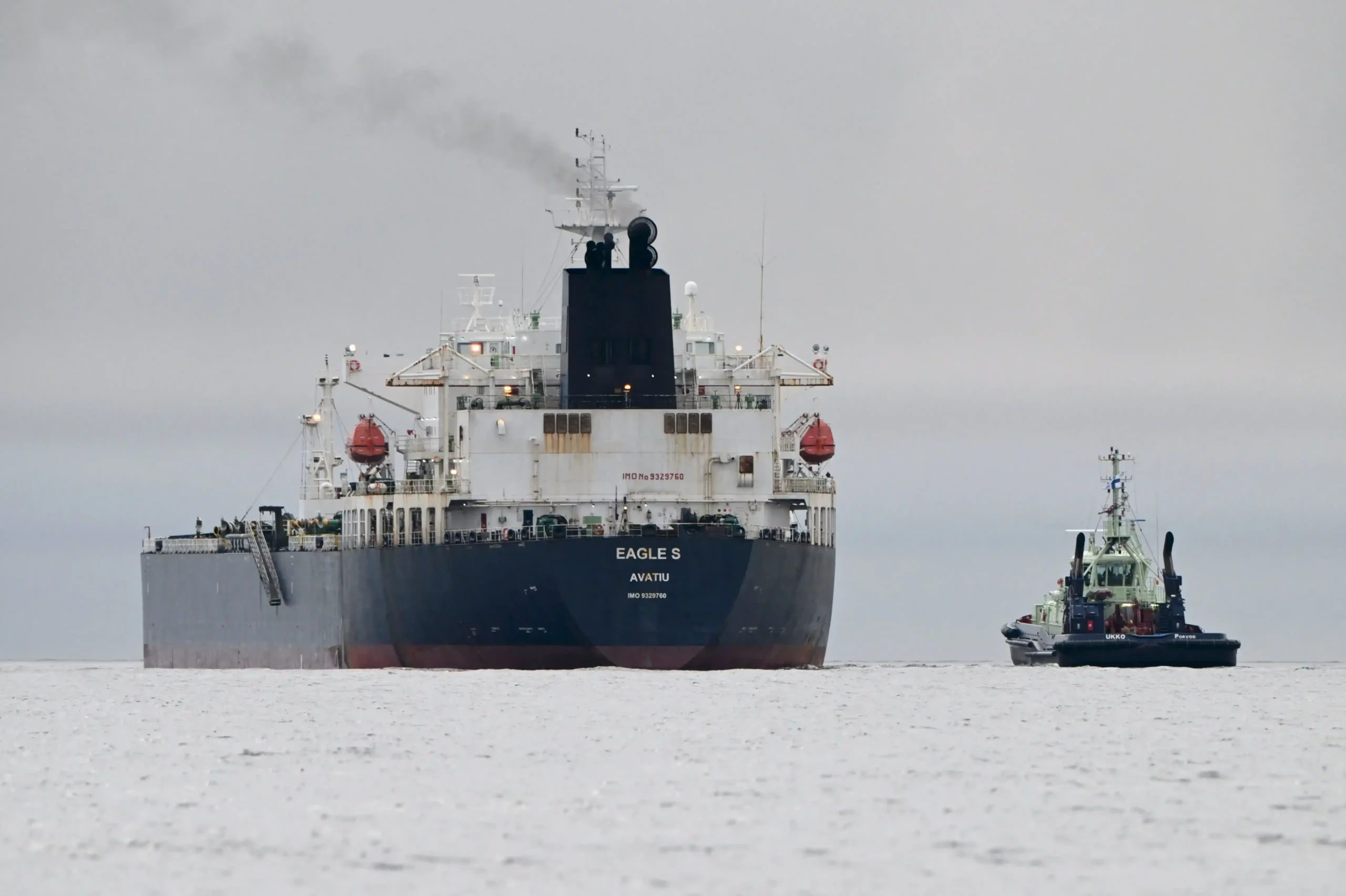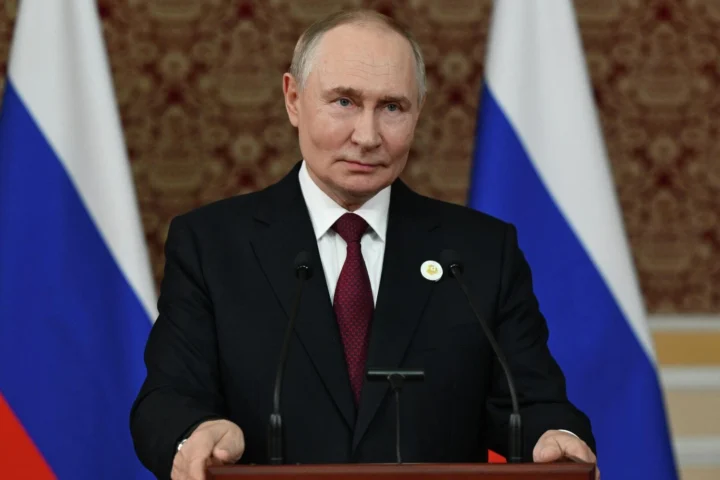
Russia’s seaborne oil shipments to India and China are set to decline significantly in the coming months due to surging freight costs for tankers unaffected by U.S. sanctions. According to traders and shipping market participants cited by Reuters, this development could exacerbate downward pressure on the rouble by further eroding Russia’s trade surplus.
Impact of U.S. Sanctions on Freight Costs
The latest round of U.S. sanctions introduced by the Biden administration has added more than 150 vessels transporting Russian crude and refined products to the Specially Designated Nationals (SDN) list. These vessels are blacklisted with their name, country of registration, and International Maritime Organization (IMO) number—an identifier that remains with the ship regardless of changes in ownership or flag.
As a result, tankers on the SDN list are effectively barred from legally transporting Russian oil, even if they undergo reflagging or renaming. This has led to a sharp increase in day rates for non-sanctioned tankers since mid-January 2025. Shipowners and importers are also factoring in a “risk premium” for transporting Russian crude in the months ahead, further driving up freight costs.
Freight Rates and the Urals-to-Brent Discount
The rise in freight costs is expected to have two immediate effects:
- Wider Urals-to-Brent Discount: A precedent for this trend was observed in January 2023, following the EU embargo on Russian oil, when the Urals discount to Brent widened to over $30 per barrel. OPEC reported that in December 2024, the average monthly discount was just below $12 per barrel. Analysts predict that it could surpass $15 per barrel in February and March 2025.
- Higher Freight Rates for Uninsured Vessels: Tankers that lack insurance from the International Group of P&I Clubs—a consortium of over a dozen insurance providers from OECD countries—are charging significantly higher rates. These increased costs reflect the growing risks associated with shipping Russian oil under sanctions.
Given these factors, Russian oil exporters are likely to see tighter profit margins, even if Brent prices remain within the $75–$80 per barrel range.
Declining Export Revenue and Trade Balance Pressure
In 2024, India and China accounted for 81% of Russia’s seaborne oil deliveries, totaling 2.89 million barrels per day out of a total of 3.55 million b/d, according to S&P Global Platts. A substantial reduction in shipments to these key markets threatens to cut into Russian oil producers’ revenues.
This decline in export earnings is likely to further shrink Russia’s external trade surplus. Data from the Bank of Russia shows that the country’s trade surplus has already contracted from $62.8 billion in Q4 2022 to $31.4 billion in Q4 2023, and further down to $20.4 billion in Q4 2024. If this downward trend continues, the rouble could face increased depreciation pressures, at least until the conclusion of Europe’s most significant military conflict in 80 years.
As freight costs remain elevated and geopolitical tensions persist, the challenges for Russia’s oil export industry are expected to intensify, posing significant economic risks in the months ahead.


















